In modern times, salt is a staple in most households; it is readily available and can be purchased in any grocery store for a meager dollar. Most people think of it as simply that inexpensive, free-flowing, white, grainy seasoning found in saltshakers on just about every dining table.
It is hard to believe salt was once so highly regarded that ancient cultures and civilizations fought wars over it. Sure enough, salt, sodium chloride, is not only needed for the functioning of the body but is an essential element in pretty much all aspects of our lives.
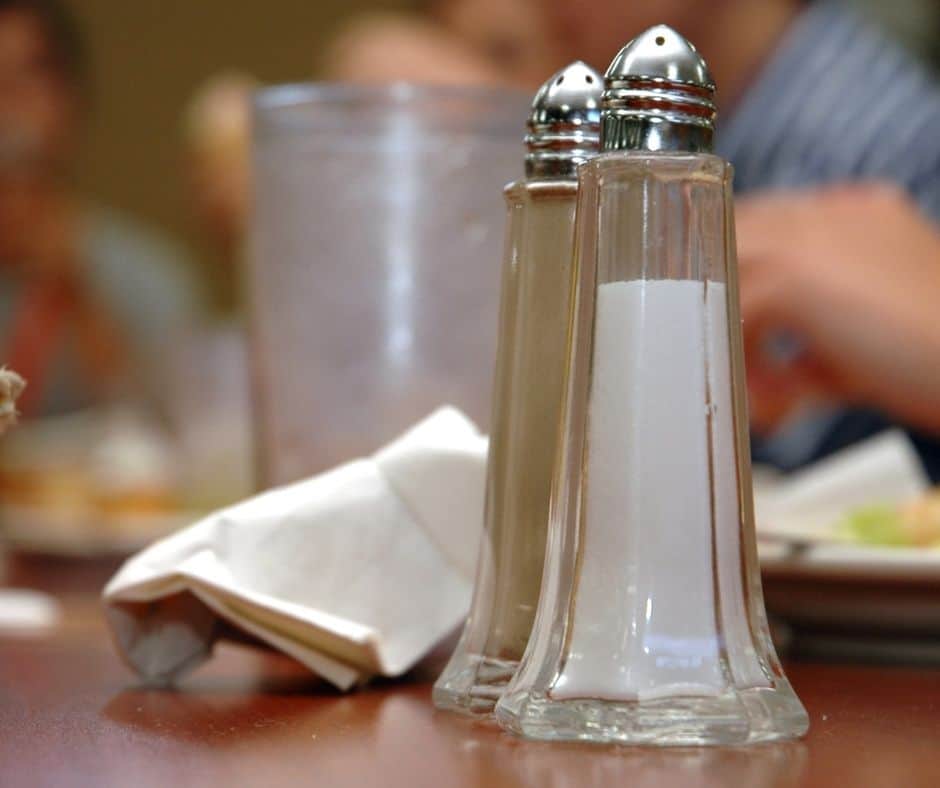
Here are some of the primary uses of salt:
- Preserving and flavoring food
- Cleaning and removing odors
- Extinguishing fires and melting ice
- Exfoliating skin and relieving sore throats
- Speeding up cooking times
- Get rid of ants, weeds, snails, and slugs
- Used in manufacturing and food supplements
- Whitening your teeth or sanitizing your mouth
- Used as a water conditioner
- Relieve bug bites
- And much more
As you can see, salt is pretty much part of every aspect of our lives in current times, but let’s discover some of the primary uses of salt in ancient times.
Historical Significance Of Salt

During the Roman Empire, salt was such a valuable commodity that soldiers received payment in the form of salt instead of money. The high value once attributable to salt is persevered in the English word “salary” and the French word “salaire,” which contain the Latin root “sal” or salt [1].
Salt had immense economic and political power. In salt-scarce regions, kings and priests monopolized salt and exercised rule and control over the vulnerable populations dependent upon it [2].
Great cities were established as centers for salt trade, and some of the first roads were built for salt transportation [3].
Taxation of salt-inflicted wars. Gabelle (salt tax in France) was one of the main causes of the French Revolution, and Britain’s Salt Act of 1882 climaxed Mahatma Gandhi’s crusade for Indian independence from British rule.
In stark contrast to the preciousness imparted to salt in ancient times, people today are recommended by health organizations, such as the American Heart Association, the U.S. Food and Drug Administration (FDA), and the Center for Disease Control (CDC), to reduce sodium intake.
If salt is so bad for you, then why was salt so highly regarded by many ancient civilizations? Were they merely foolish?
Therapeutic Uses of Salt
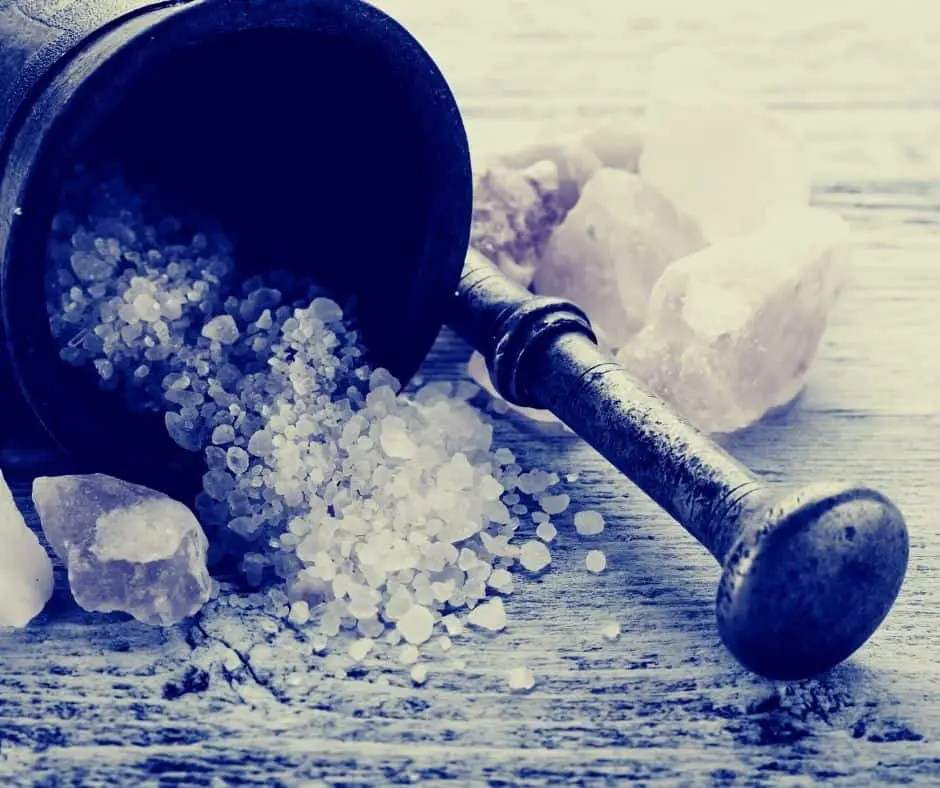
According to the popular adage, “The dose makes the poison.” The idea that salt is bad for our health and leads to serious conditions (i.e., high blood pressure and kidney diseases) is a relatively recent concept that resulted from our over-consumption of salt.
In fact, salt is necessary for survival through its role in electrolytes and fluid balance, the transmission of nerve impulses, and the contraction/ relaxation of muscles.
People in precolonial Africa realized this necessity for salt and obtained salt by drinking the blood and urine of cattle and wild animals [2].
Pliny the Elder (AD 23 or 24– AD 79), a Roman naturalist and natural philosopher, wrote of the medicinal uses of salt in his book Naturalis Historia. He recommended the preparation of Thalassomeli using equal parts seawater, honey, and rainwater to be utilized as a purgative/ laxative.
He also described the preparation of garum by fermenting fish intestines with salt and recommended its usage as an antiseptic substance [3].
Luckily, as time has moved on, you don’t need to drink animal blood or urine to get that vital mineral in your body. Here is an easy way how you can add electrolytes to your water.
Culinary Uses of Salt
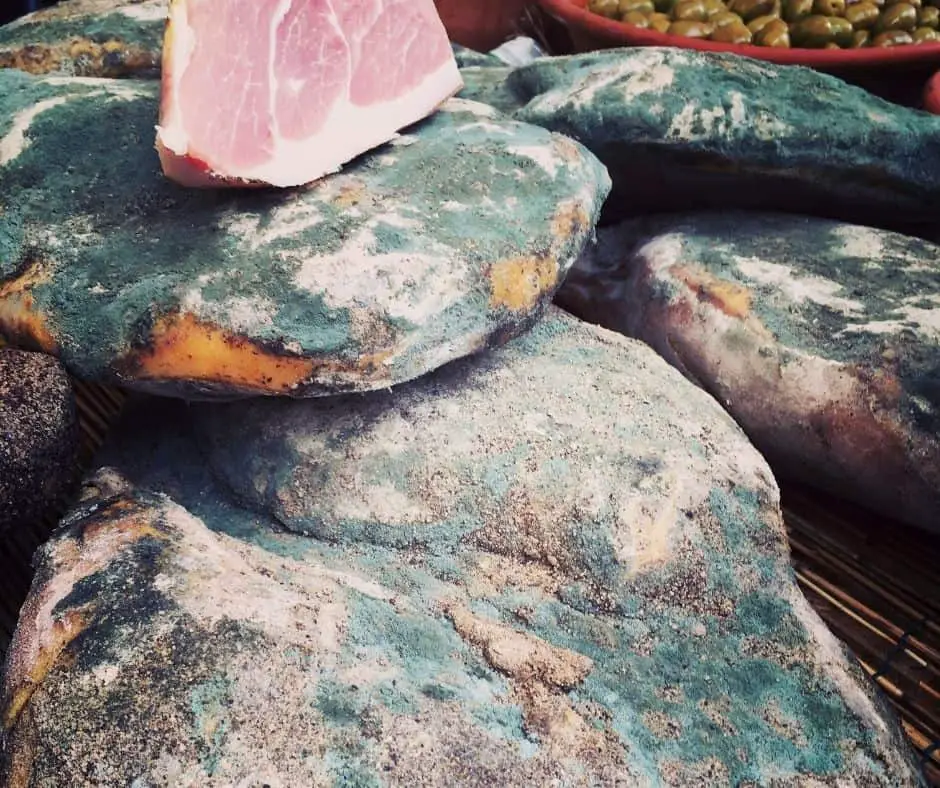
First and foremost, salt nowadays is used as a preservative and flavoring agent but let’s check out some interesting culinary uses of salt throughout history.
Dry Curing Meat
In addition to our physiological need for salt, the chemical properties of sodium make it an essential ingredient for food processing.
Archaeological evidence suggested the use of salt by ancient Egyptians in preserving meat.
Ancient Egyptians consumed all types of meat, and, unless consumed immediately, the meat needed to be preserved to avoid spoilage.
The Egyptians preserved meat by hanging it in the sun to dry. Rubbing in salt aided in the drying process because salt draws out the moisture in the meat and deters bacteria.
Salt curing using dry or wet brine was also used and involved immersing the meat in salt brine and sealing it [4].
The use of salt in meat preservation was identified using electron microscopy scanning of “meat mummies.” These pieces of preserved meat were buried in the tombs of high-status tombs as food to sustain the decrease in the afterlife. As such, 48 wooden cases containing cattle and poultry were found in the tomb of King Tutankhamun (died c. 1323 BC) [5].
Preserving Fish
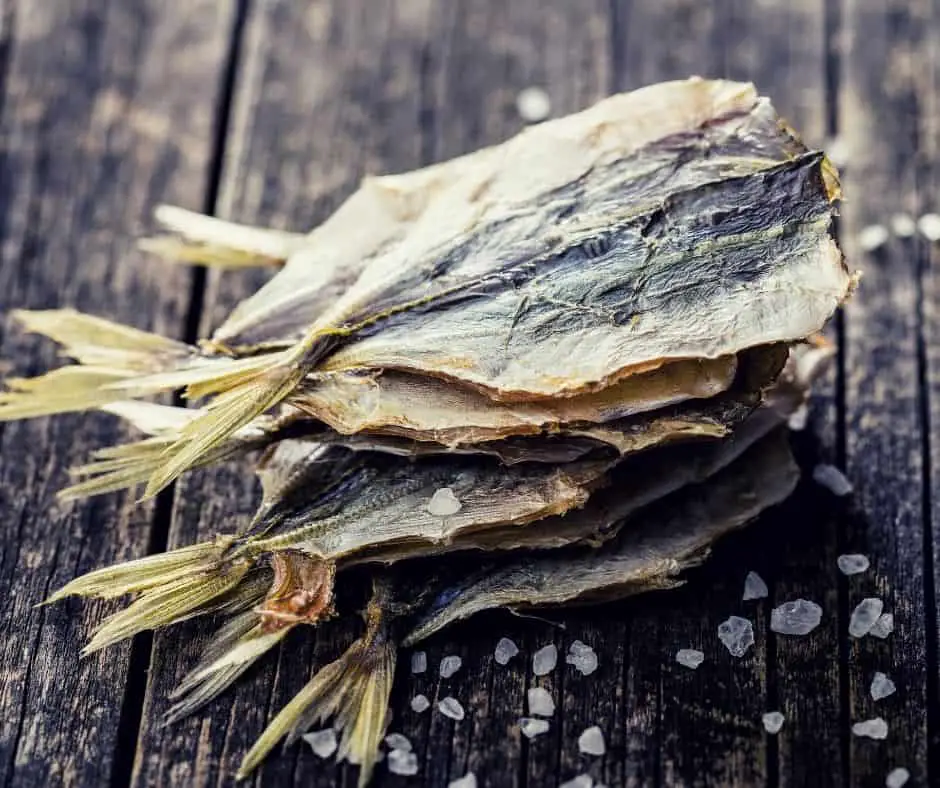
Salt was also utilized for preserving fish in Northern European countries and gave rise to traditional dishes, such as Icelandic hákar and Swedish surströmming [6].
These dishes were prepared using the process of fermentation, which preserves foods through the action of microbes. Salt was an essential component because it promoted the growth of salt-tolerant, beneficial microbes and inhibited undesirable and detrimental bacteria [7].
Hákarl consisted of fermented Greenland shark and was prepared by washing chunks of shark and placing them into gravel pits located close to the sea. The pits were buried with stones, seaweed, or turf, and the meat chunks were allowed to ferment for several weeks or months.
The shark pieces are then dried, after which hákarl can be eaten and enjoyed. Preparation of surströmming required a slightly different process and was made out of Baltic herring.
The herring was pre-salted in a saturated salt solution for 1-2 days, after which the fish was gutted and placed in barrels containing 17% salt brine for 3-4 weeks.
Following fermentation, the herring and brine are transferred to cans, and canning continues for five more weeks [6].
Fermenting Foods

Fermentation was also performed in Asian countries and produced products such as Korean kimchi or Japanese miso, which are still consumed today.
Kimchi was reported to have been invented 4000 years ago and prepared by fermenting cabbage or other vegetables in a salt brine. To prolong the storage period, it was then buried underground in kimchi jars [8].
Miso is another fermented product that originated from at least 600 AD. The production of miso entailed two successive fermentation processes.
The first is the production of koji, which is prepared by inoculating spores of the fungi Aspergillus onto a growth medium (i.e., rice) and allowed to be fermented for approximately 48 hours.
The second is the fermentation of the koji with cooked, mashed soybean and salt in crocks or vats for 2 to 24 months. Different types of miso are produced depending on the length of fermentation and the ratio of the amount of koji, soybean, and salt used [9].
Also, the fermented cabbage, sauerkraut, (known to be high in sodium) is believed to originated more than 2,000 years ago in ancient China, and not until the 16th century the Europeans adopted this way of fermenting cabbage.
Flavoring Food
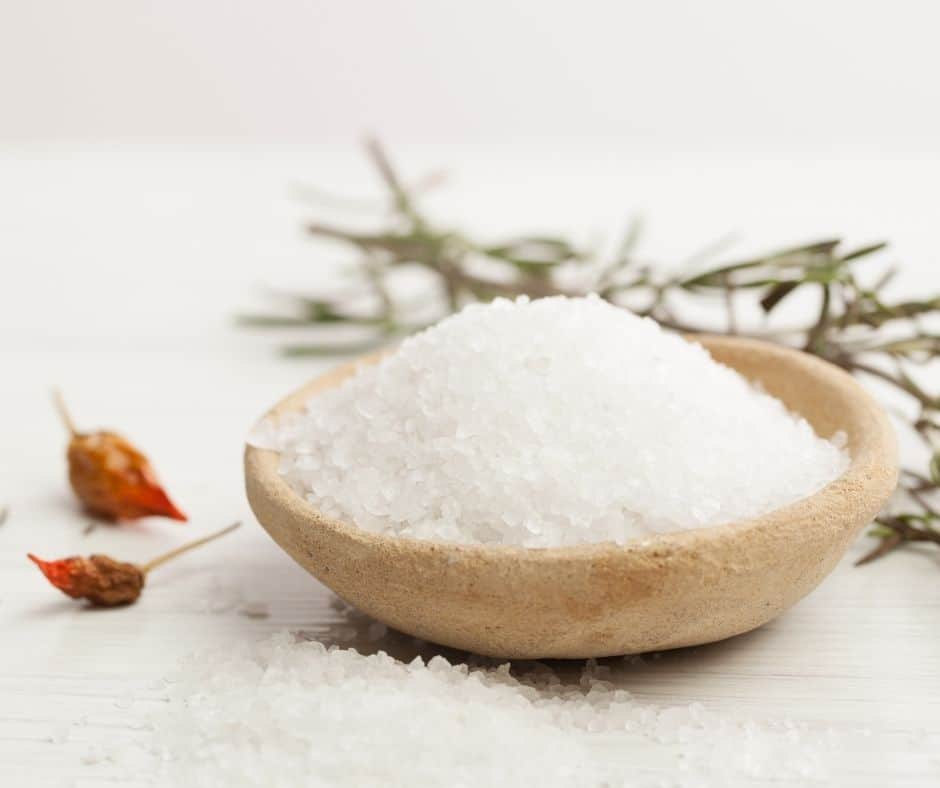
No discussion of salt can be complete without mentioning its use as a flavoring compound.
In addition to its above-described uses, garum (salty fermented fish sauce) was also used as a condiment to produce an umami flavor, similar to that of modern soy sauce or fish sauce.
Garum was generally prepared by mixing whole fish or parts of fish with salt and fermenting the mixture in the sun for one to three months. The liquid on top was drained off, and the remainder was used [10].
Ancient Romans were also reported to dip romaine lettuce in salt which gave rise to “salad,” which originated from Latin herba salata or salted greens.
Read Also: What Salt Do Chefs Use? (10 Best Salts To Enhance Flavor)
Summary
Given the current easy accessibility to salt, we often overlook the significance of this mineral. In ancient times, the use of salt in food preservation allowed the storage of food and eliminated humans’ dependence on the seasonal availability of food.
Most of us would probably agree that food would be awfully bland without using any salt. However, if you have run out of it or just trying to cut down on your sodium consumption, then here are 14 clever ways to cook without salt but still have a delicious and flavorful dish.
References
- Hordijk, W., From Salt to Salary: Linguists Take a Page From Science, in NPR. 2014.
- Bloch, M.R., THE SOCIAL INFLUENCE OF SALT. Scientific American, 1963. 209(1): p. 88-99.
- Círillo, M., G. Capasso, V.A.D. Leo, and N.G.D. Santo, A History of Salt. American Journal of Nephrology, 1994. 14(4-6): p. 426-431.
- Ikram, S., Meat Preservation in Ancient Egypt, in Encyclopaedia of the History of Science, Technology, and Medicine in Non-Western Cultures, H. Selin, Editor. 2008, Springer Netherlands: Dordrecht. p. 1442-1443.
- Clark, K.A., S. Ikram, and R.P. Evershed, Organic chemistry of balms used in the preparation of pharaonic meat mummies. Proceedings of the National Academy of Sciences, 2013. 110(51): p. 20392.
- Skåra, T., L. Axelsson, G. Stefánsson, B. Ekstrand, and H. Hagen, Fermented and ripened fish products in the northern European countries. Journal of Ethnic Foods, 2015. 2(1): p. 18-24.
- Institute of Medicine Committee on Strategies to Reduce Sodium, I., The National Academies Collection: Reports funded by National Institutes of Health, in Strategies to Reduce Sodium Intake in the United States, J.E. Henney, C.L. Taylor, and C.S. Boon, Editors. 2010, National Academies Press (US)
- Jang, D.-J., K.R. Chung, H.J. Yang, K.-s. Kim, and D.Y. Kwon, Discussion on the origin of kimchi, representative of Korean unique fermented vegetables. Journal of Ethnic Foods, 2015. 2(3): p. 126-136.
- Allwood, J.G., L.T. Wakeling, and D.C. Bean, Fermentation and the microbial community of Japanese koji and miso: A review. Journal of Food Science, 2021. 86(6): p. 2194-2207.
- Curtis, R.I., In Defense of Garum. The Classical Journal, 1983. 78(3): p. 232-240.
